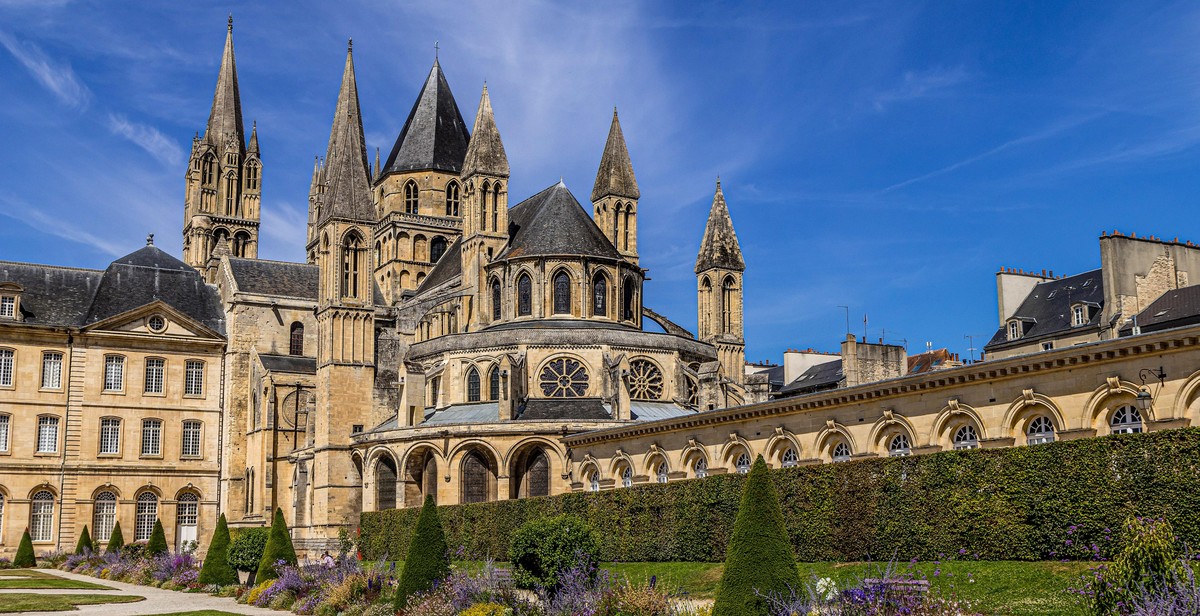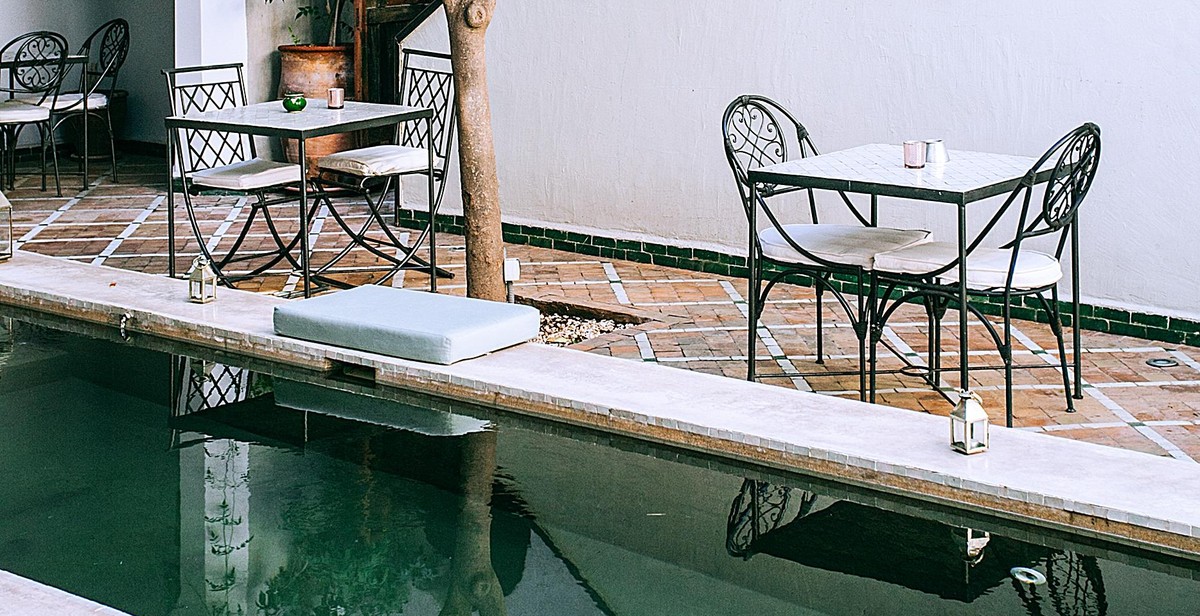How to Design a Gothic-inspired Garden: Creating a Mystic and Enchanting Outdoor Space
A gothic-inspired garden is a unique and mystical outdoor space that is designed to evoke a sense of enchantment and mystery. This type of garden is inspired by the Gothic architecture, art, and literature of the medieval period, which is known for its dark, ornate, and dramatic style.
What is a Gothic-inspired Garden?
A gothic-inspired garden typically features elements such as dark foliage, twisted trees, ornate ironwork, stone statues, and gothic arches. The garden is designed to create a sense of mystery and intrigue, with hidden corners, winding paths, and secluded areas where visitors can escape the outside world and immerse themselves in the enchanting atmosphere.
Why Create a Gothic-inspired Garden?
Creating a gothic-inspired garden can be a unique and rewarding experience. It allows you to express your creativity and imagination, while also providing a peaceful and enchanting outdoor space where you can relax and unwind. A gothic-inspired garden can also be a great conversation starter and a unique addition to your home or property.
Whether you are a fan of Gothic literature, art, or architecture, or simply want to create a unique and mystical outdoor space, designing a gothic-inspired garden can be a fun and rewarding experience.

Designing Your Gothic-inspired Garden
If you want to create a mystic and enchanting outdoor space, a Gothic-inspired garden might be the perfect choice for you. It’s a style that combines elements of the dark and mysterious with the beauty of nature, resulting in a unique and captivating space. Here are some tips for designing your own Gothic-inspired garden:
Creating a Plan
Before you start planting or adding decor to your garden, it’s essential to create a plan. You need to consider the size and shape of your garden, as well as the amount of sunlight it receives. Gothic-inspired gardens typically feature elements such as arches, trellises, and pathways, so you’ll need to decide where to place these features. You may also want to consider adding a water feature, such as a fountain or pond, to add to the mystical atmosphere.
When creating your plan, keep in mind the different elements that make up a Gothic-inspired garden. These include dark colors, intricate patterns, and a sense of mystery. You can achieve this through the use of plants, decor, and lighting.
Choosing the Right Plants
Plants are a crucial element of any garden, and choosing the right ones is essential for creating a Gothic-inspired space. Dark-colored flowers and foliage, such as black roses, purple irises, and burgundy leaved plants, are perfect for this style of garden. You can also add a touch of mystery by incorporating plants with unusual shapes or textures, such as spiky succulents or feathery ferns.
When selecting your plants, consider the amount of sunlight and moisture they need. Gothic-inspired gardens often feature shady areas, so you may want to choose plants that thrive in low-light conditions. You can also add interest by mixing different plant heights and textures, such as tall grasses or trailing vines.
Selecting Appropriate Garden Decor
The right decor can take your Gothic-inspired garden to the next level. Gothic decor is often characterized by its intricate designs, dark colors, and medieval-inspired elements. You can incorporate these features into your garden through the use of arches, trellises, and statues. Stone or metal sculptures of gargoyles, dragons, or other mythical creatures are perfect for adding a touch of the mystical.
Lighting is also an essential element of a Gothic-inspired garden. Soft, low-level lighting can create a magical atmosphere, especially when combined with the right plants and decor. You can use lanterns, fairy lights, or even candles to achieve this effect.
When selecting your decor, keep in mind the overall theme of your garden. You want to create a cohesive space that feels like a complete experience. Mixing different styles or themes can detract from the overall effect.
Conclusion
In conclusion, designing a Gothic-inspired garden is all about creating a sense of mystery and enchantment. By creating a plan, choosing the right plants, and selecting appropriate decor, you can transform your outdoor space into a captivating and unique garden.

Creating a Mystic and Enchanting Outdoor Space
A Gothic-inspired garden is incomplete without a touch of mysticism and enchantment. Adding water features, incorporating statues and sculptures, and using lighting to create an ambience are some of the ways to achieve this.
Adding Water Features
Water features such as fountains, ponds, and waterfalls add a mystical touch to any garden. The sound of running water can create a sense of calm and tranquility, making it the perfect addition to a Gothic-inspired garden. The choice of water feature depends on the size of the garden and personal preference. A small fountain can be placed in a corner of the garden, while a larger pond or waterfall can be the centerpiece of the garden.
When choosing a water feature, consider the type of material that will be used. Stone or concrete is a popular choice for a Gothic-inspired garden as it adds a rustic and ancient feel to the garden. The water feature should also be surrounded by plants to create a natural and organic look.
Incorporating Statues and Sculptures
Statues and sculptures are another way to add a touch of mysticism and enchantment to a Gothic-inspired garden. Gothic-inspired statues and sculptures are often dark and mysterious, with intricate details that make them stand out. They can be placed strategically throughout the garden, creating a sense of discovery and surprise as visitors explore the garden.
When choosing statues and sculptures, consider the theme of the garden. A Gothic-inspired garden may feature statues of mythical creatures such as dragons or gargoyles. Alternatively, statues of saints or angels can add a religious aspect to the garden. The statues and sculptures should be placed in areas that are visible from different angles and should be surrounded by plants to create a natural and organic look.
Using Lighting to Create an Ambience
Lighting is an essential aspect of any garden, and it can be used to create a mystical and enchanting outdoor space. Gothic-inspired gardens often feature dim lighting, creating a mysterious and eerie atmosphere. The lighting can be achieved using lanterns, candles, or even fairy lights.
When choosing lighting, consider the areas of the garden that need to be highlighted. The water feature, statues, and sculptures should be well-lit to create a focal point in the garden. The lighting should also be placed strategically to create a sense of depth and dimension in the garden.
- Water features such as fountains, ponds, and waterfalls add a mystical touch to any garden.
- Statues and sculptures are another way to add a touch of mysticism and enchantment to a Gothic-inspired garden.
- Lighting is an essential aspect of any garden, and it can be used to create a mystical and enchanting outdoor space.
Incorporating water features, statues and sculptures, and using lighting to create an ambience are some of the ways to create a mystic and enchanting outdoor space in a Gothic-inspired garden.

Maintaining Your Gothic-inspired Garden
Once you have created your Gothic-inspired garden, it is important to maintain it properly to keep it looking its best. Here are some tips for maintaining your garden:
Pruning and Weeding
Pruning is essential to keep your Gothic garden looking neat and tidy. Regularly prune your plants to remove any dead or damaged branches, as well as any growth that is spoiling the shape or symmetry of the plant. Weeding is also important to keep your garden looking its best. Regularly remove any weeds that are growing in your garden, as they can compete with your plants for nutrients and water.
Fertilizing
Fertilizing is important to keep your plants healthy and thriving. Use a good quality fertilizer that is appropriate for the type of plants you have in your garden. Follow the instructions on the packaging carefully, as over-fertilizing can damage your plants.
Watering
Watering is essential to keep your plants healthy and looking their best. Water your plants regularly, especially during dry spells. Be careful not to over-water, as this can lead to root rot and other problems. Use a watering can or hose with a fine spray to avoid damaging the plants.
| Task | Frequency |
|---|---|
| Pruning | Weekly |
| Weeding | Weekly |
| Fertilizing | Monthly |
| Watering | As needed |
By following these tips and regularly maintaining your Gothic-inspired garden, you can enjoy a beautiful and enchanting outdoor space all year round.
